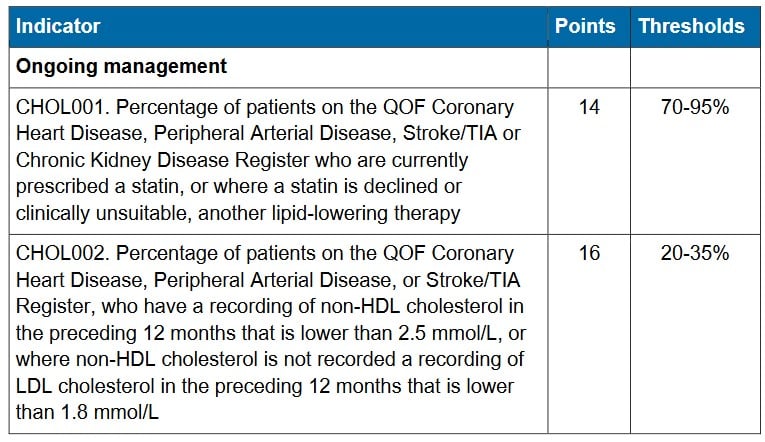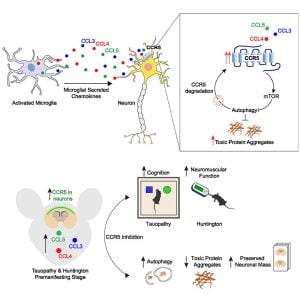Heart disease remains the leading cause of death globally. Despite advancements in understanding risk factors like high cholesterol and blood pressure, a groundbreaking discovery from Spanish researchers at the National Center for Cardiovascular Research (CNIC) in Madrid has unveiled an unexpected villain: your gut bacteria.
Fifteen years ago, researchers set out to study thousands of Banco Santander employees, hoping to unlock the mysteries behind cardiovascular disease. The results, recently published in the prestigious scientific journal Nature, uncovered a startling link. Scientists found that certain gut bacteria produce a molecule called imidazole propionate (C₆H₈N₂O₂), which directly causes atherosclerosis—the dangerous buildup of fat and cholesterol in arteries that leads to heart attacks and strokes.
A Silent Threat: Widespread Hidden Disease
The comprehensive study involved detailed medical imaging (using CAT and PET scans) of apparently healthy volunteers aged between 40 and 55. Shockingly, 63% showed signs of early-stage atherosclerosis. The culprit behind these hidden dangers turned out to be imidazole propionate, a molecule released by certain gut microbes, including strains from Escherichia, Shigella, and Eubacterium.
This molecule, researchers found, doesn’t just correlate with heart disease—it actively triggers it. Imidazole propionate enters the bloodstream, stimulates inflammation in arteries, and initiates the formation of fatty plaques.
From Molecule to Disease: Confirming the Link
Lead scientist David Sancho explains, “Imidazole propionate induces atherosclerosis on its own. There’s a causal relationship.” Experiments in mice confirmed the findings: animals exposed to the molecule rapidly developed artery-clogging plaques. Crucially, these effects occurred even in mice without elevated cholesterol levels, highlighting a previously unknown inflammatory and autoimmune component of heart disease.
Moreover, approximately one in five human volunteers with active, dangerous forms of atherosclerosis showed elevated levels of imidazole propionate, strengthening the real-world relevance of these findings.
Prevention and New Treatment Possibilities
Thankfully, the discovery isn’t all bad news. Scientists also identified how imidazole propionate interacts with our cells, paving the way for potential treatments. By blocking the molecule’s receptor with an experimental drug, researchers completely prevented disease progression in mice—even on a high-cholesterol diet.
This promising development offers hope for preventing heart disease in humans by targeting gut bacteria directly. Dietary changes also appear beneficial: individuals consuming diets rich in vegetables, fruits, whole grains, fish, and low-fat dairy showed lower imidazole propionate levels.
Broader Implications: Beyond Cholesterol
Swedish biologist Fredrik Bäckhed previously linked high imidazole propionate levels with type 2 diabetes, reinforcing the broader health impact of gut microbes. Independent research from Ruhr University Bochum recently validated these cardiovascular findings, further underscoring their significance.
The research suggests that heart disease isn’t solely driven by traditional factors like cholesterol. Instead, our gut bacteria might silently orchestrate damage even in those who appear healthy.
Future Steps and Continued Research
While the current findings are groundbreaking, further research is essential to pinpoint specific bacterial strains responsible for producing imidazole propionate. Still, scientists are optimistic about the potential to revolutionize heart disease prevention, diagnosis, and treatment.
This groundbreaking study, made possible by thousands of volunteers and significant funding from institutions like the “la Caixa” Foundation and the European Research Council, marks a pivotal moment in cardiovascular medicine. Understanding and managing our gut microbiome could soon become as routine as checking cholesterol levels.
Your gut health might just hold the key to a healthier heart.
References
Sancho, D., Mastrangelo, A., Robles, I., Fuster, V., et al. (2025). Gut microbiota–derived imidazole propionate drives atherosclerosis. Nature. https://www.nature.com/articles/s41586-025-09263-w

